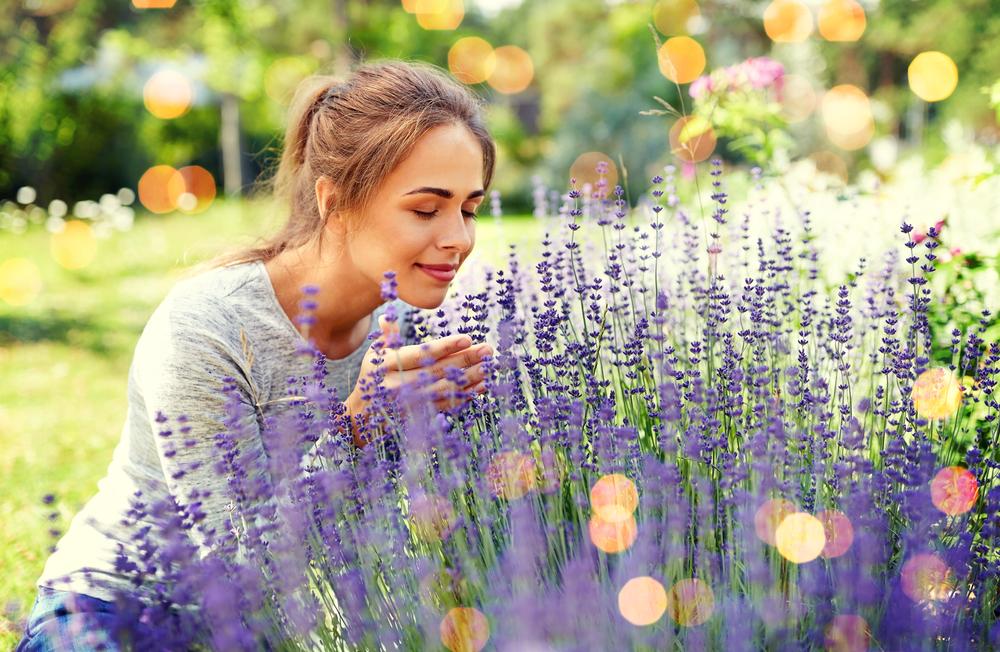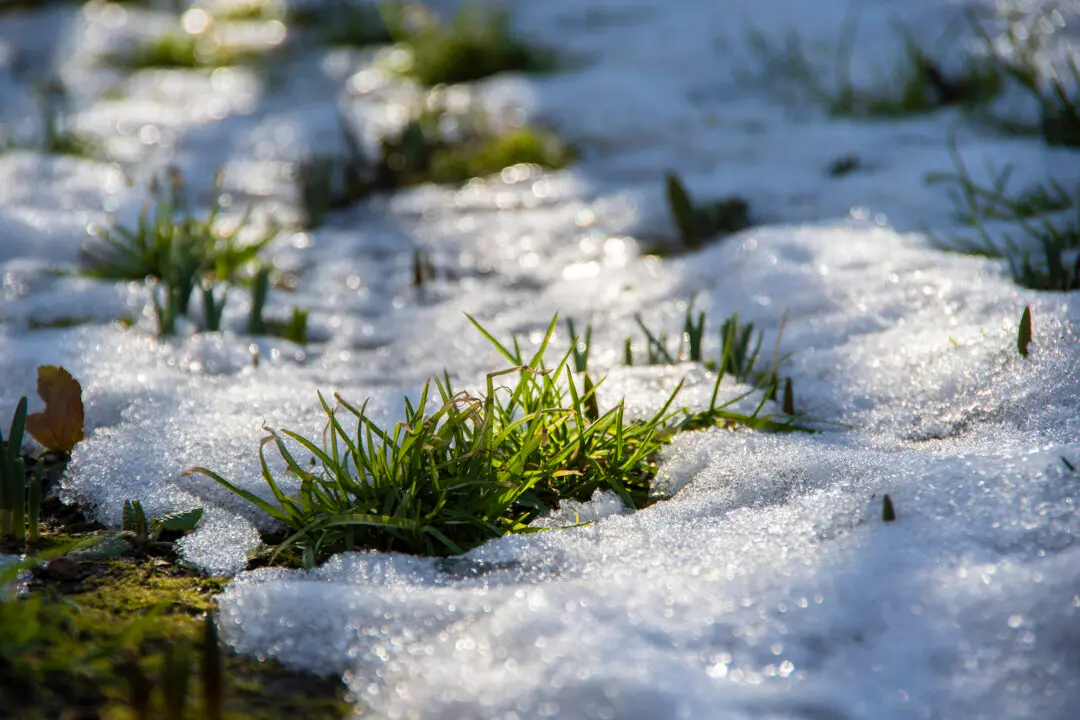Incorporating fragrance into a landscape combines the knowledge of a master gardener with the “nose” of a master perfumer. While it can be as simple as starting with a single or several carefully chosen old roses, lilies, lilacs, gardenias, or other delightfully scented flowers, the real fun and challenge comes when creating a complex bouquet that goes from spicy spring herbs to heavier aromas for a lush, warm summer night.
A good place to start is with one’s favorite scents, including those that evoke strong memories, feelings of happiness, or relaxation. While many plants emit a pleasing fragrance to attract pollinators, other scents, such as mints, are used to repel pests, meaning these fragrances will do double duty by lessening dependence on pesticides. Color should be taken into account as well and be in keeping with the overall garden theme. Placement matters, too, and may be the most critical aspect of all, as out-of-way or downwind selections are often wasted. At the other end of the design spectrum, fragrance “pockets” can be used to significantly heighten the sensory delight.





